| Export of goods to Asian countries flourishes thanks to the "leverage" of CPTPP. EVFTA helps export of goods regain its "form". |
According to the General Department of Customs, the country's total import-export turnover in October reached nearly 62 billion USD. Of which, export turnover reached 32.25 billion USD, up 5.1% compared to the previous month.
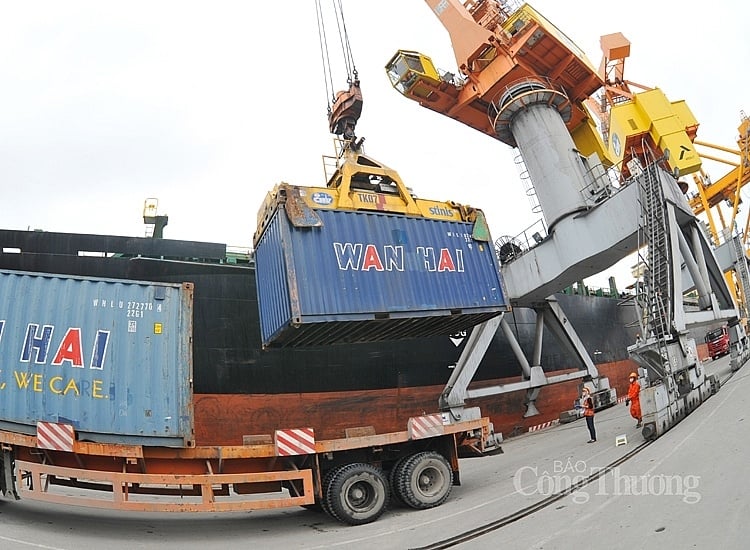 |
| Import and export of goods has improved in the last months of the year. |
In October, 8 groups of goods reached a turnover of 1 billion USD or more. Of which, 5 groups had positive growth compared to the previous month. The most impressive was footwear with a turnover of 1.74 billion USD, up 30.3%. Next were: cameras, camcorders and components reaching more than 1 billion USD, up 17.3%; wood and wood products reaching 1.28 billion USD, up 12.9%; machinery, equipment, tools and spare parts reaching 4.47 billion USD, up 9.9%; phones and components reaching 5.2 billion USD, up 3.3%.
Other key commodity groups are: computers, electronic products and components reached 5.1 billion USD, down 6.8%; textiles reached 2.57 billion USD, down slightly 0.1%; means of transport and spare parts reached 1.17 billion USD, down 3.5%.
By the end of October, the country's total export turnover reached 291.46 billion USD, down 7% over the same period last year.
On the contrary, imports in October reached 29.52 billion USD, up 3.6% compared to the previous month. In the 10 months, import turnover reached 266.87 billion USD, down 12.2% compared to the same period last year.
By the end of October, the country's total import-export turnover reached 558.33 billion USD, with a trade surplus of 24.59 billion USD.
According to the Ministry of Industry and Trade , one of the positive points in October is that the import turnover of raw materials for export production continued to increase. In particular, the group of raw materials for production still accounts for a large proportion of the total import turnover of goods nationwide. Imported goods focus on items such as computers, electronic products and components; machinery, equipment, tools, spare parts; fabrics of all kinds; steel of all kinds; gasoline of all kinds...
The Ministry of Industry and Trade also noted that currently, green transformation and sustainable development are inevitable trends for Vietnamese enterprises because major export markets, including the EU, always have high and strict requirements on environmental standards.
For example, from October 2023, the EU has applied the Carbon Border Adjustment Mechanism (CBAM) in the transitional period. This is the EU's policy instrument to impose a carbon tax on all goods imported into this market based on the greenhouse gas emission intensity of the production process in the exporting country.
Or, in Northern Europe, countries in this region are particularly concerned with environmental protection and user safety. In the coming time, many new regulations will be issued aimed at these two concerns, especially the European Green Deal. Therefore, Vietnamese enterprises need to pay attention to regularly updating information, proactively learning and assessing the potential impact of new policies on business operations and exports.
Therefore, for Vietnamese export enterprises, in addition to paying attention to export growth rate, transforming production structure and investing in infrastructure not only requires large financial and human resources but also experience and skills to successfully apply and comply with international regulations and standards. Thereby maintaining sustainable export growth.
Source link


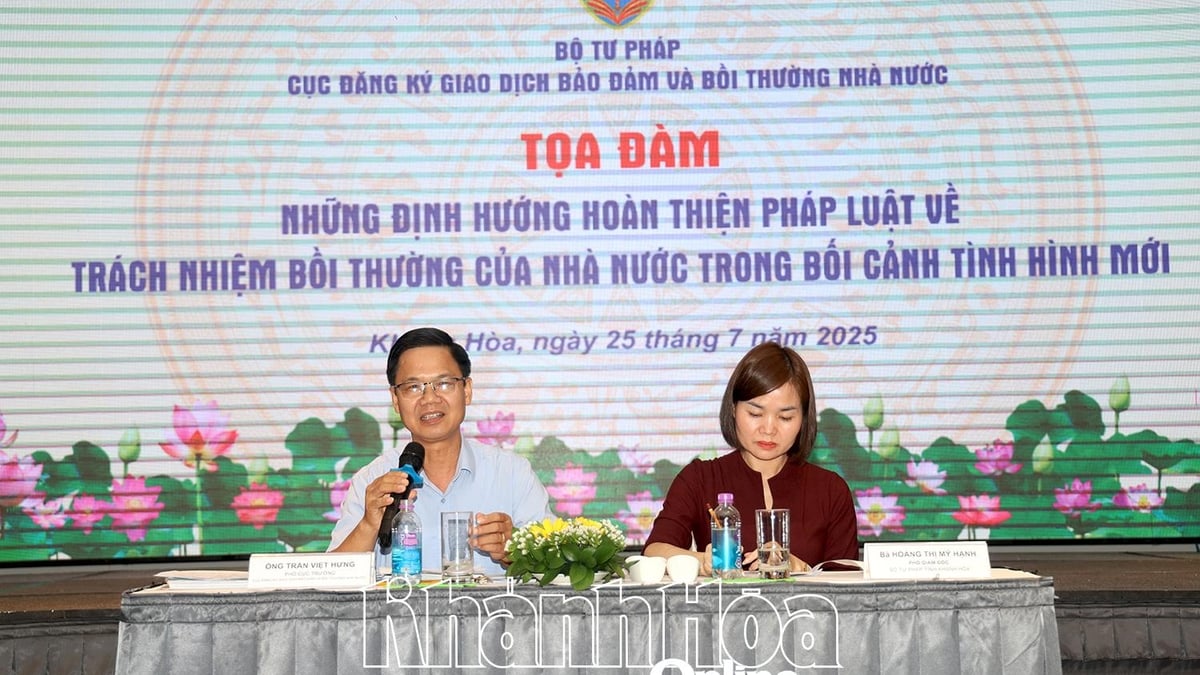
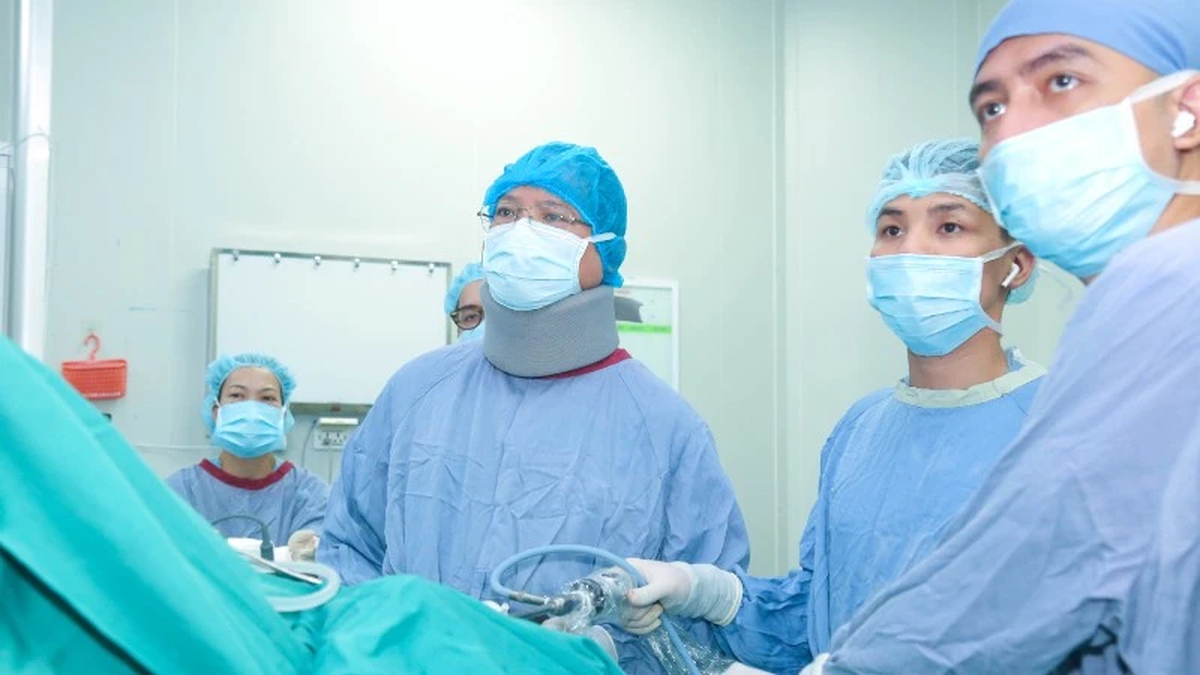

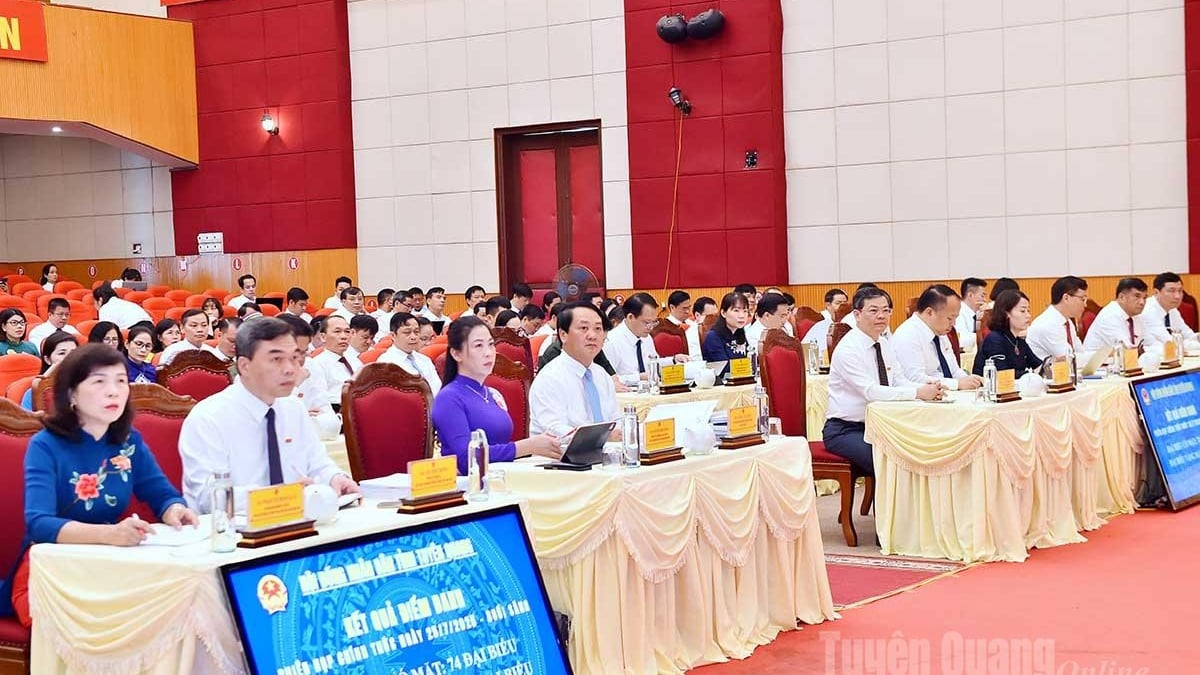
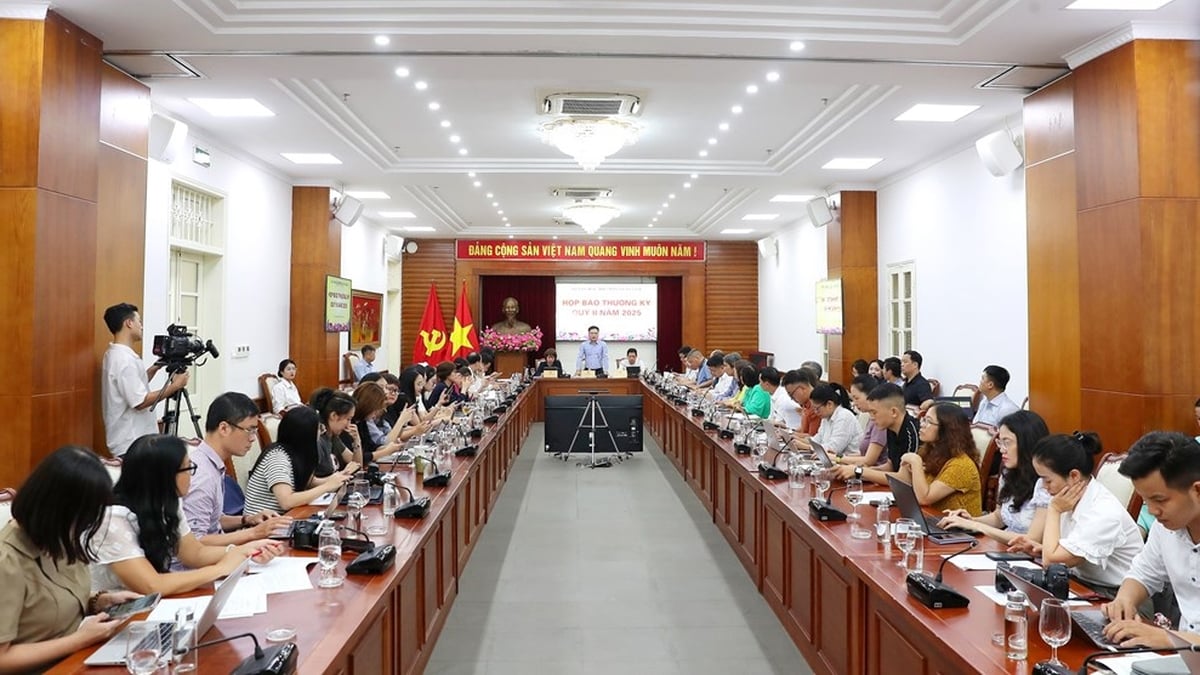

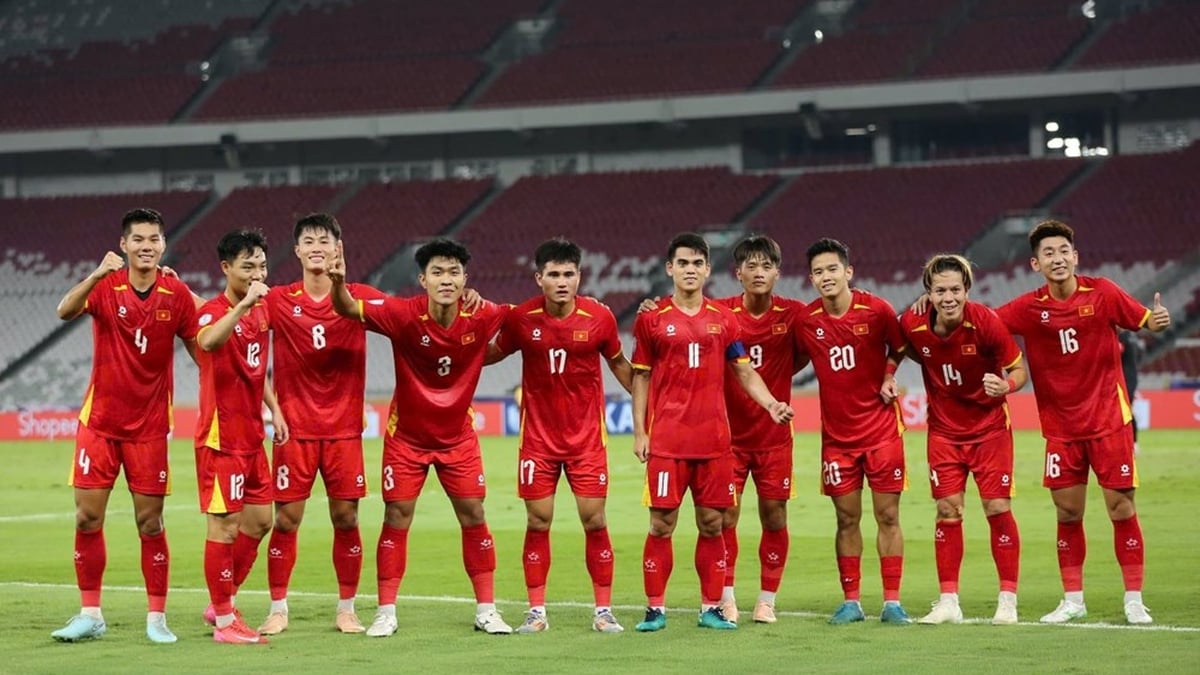














![[Photo] Signing of cooperation between ministries, branches and localities of Vietnam and Senegal](https://vphoto.vietnam.vn/thumb/1200x675/vietnam/resource/IMAGE/2025/7/24/6147c654b0ae4f2793188e982e272651)










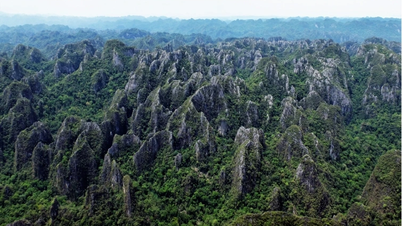

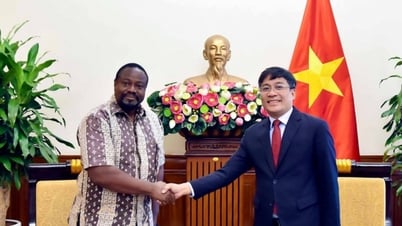

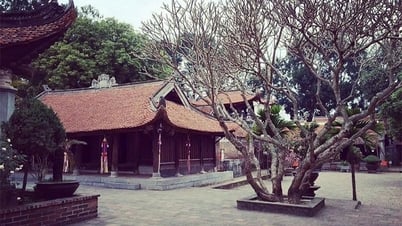





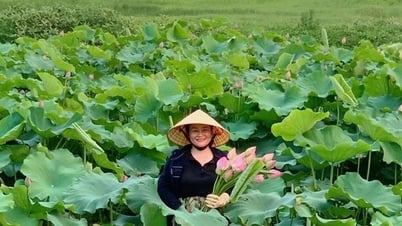
















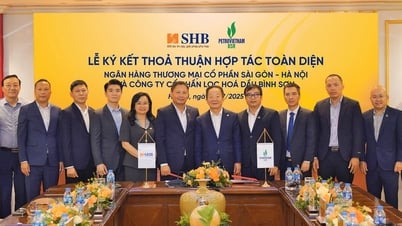
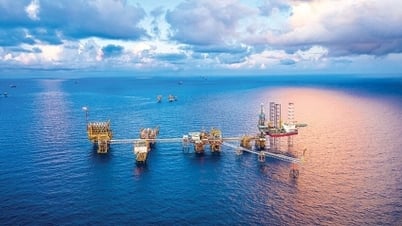
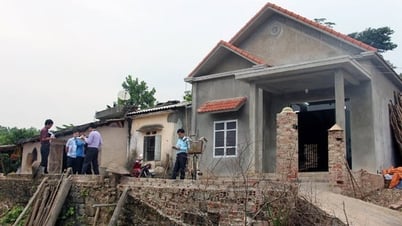

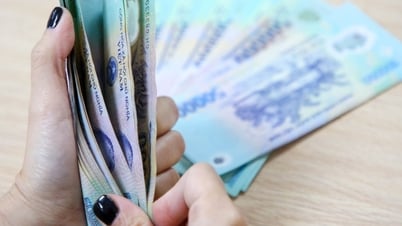
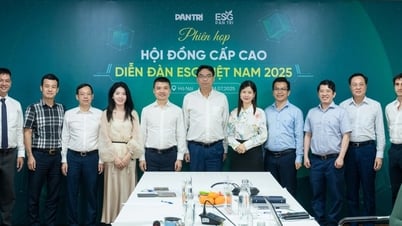
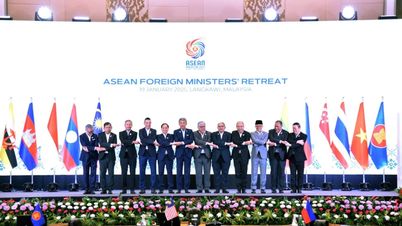




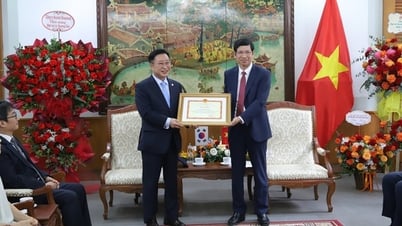

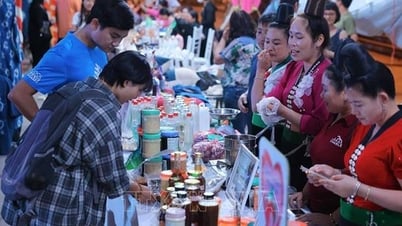
















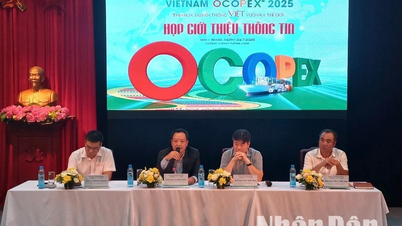
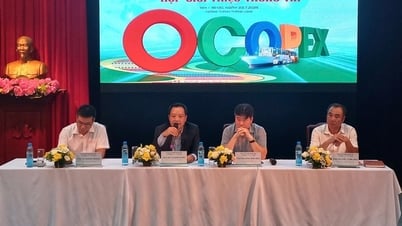
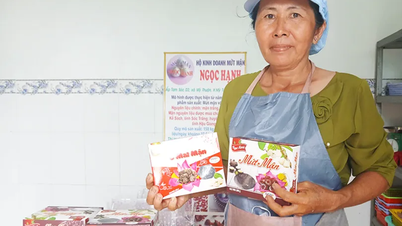





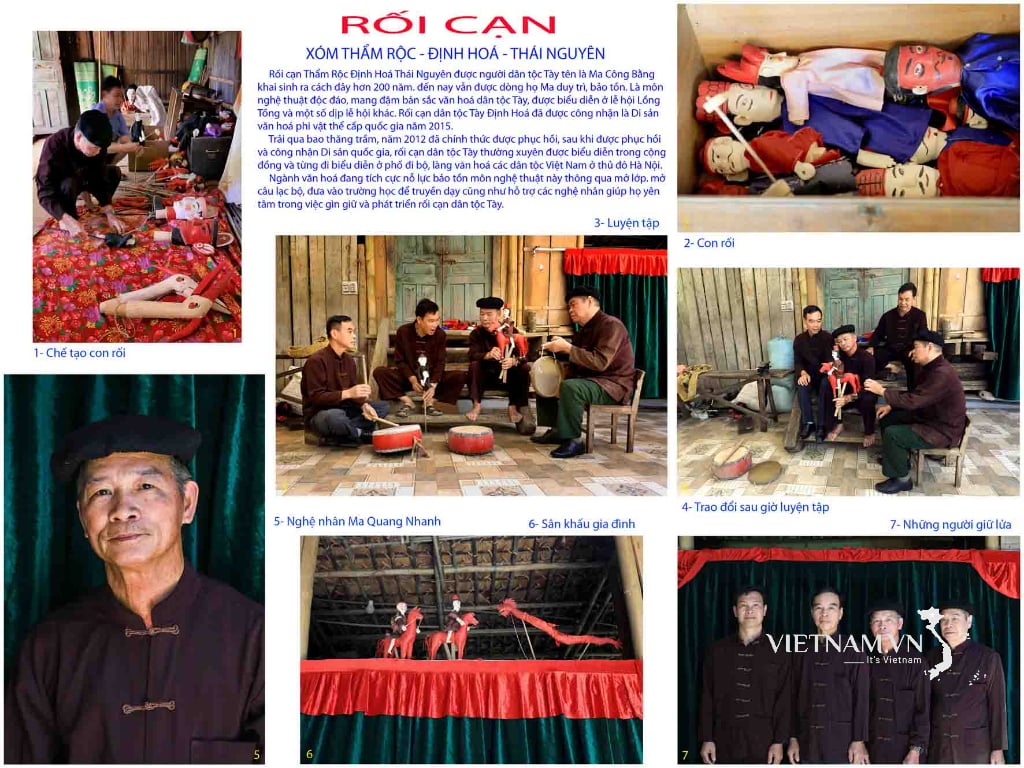
Comment (0)